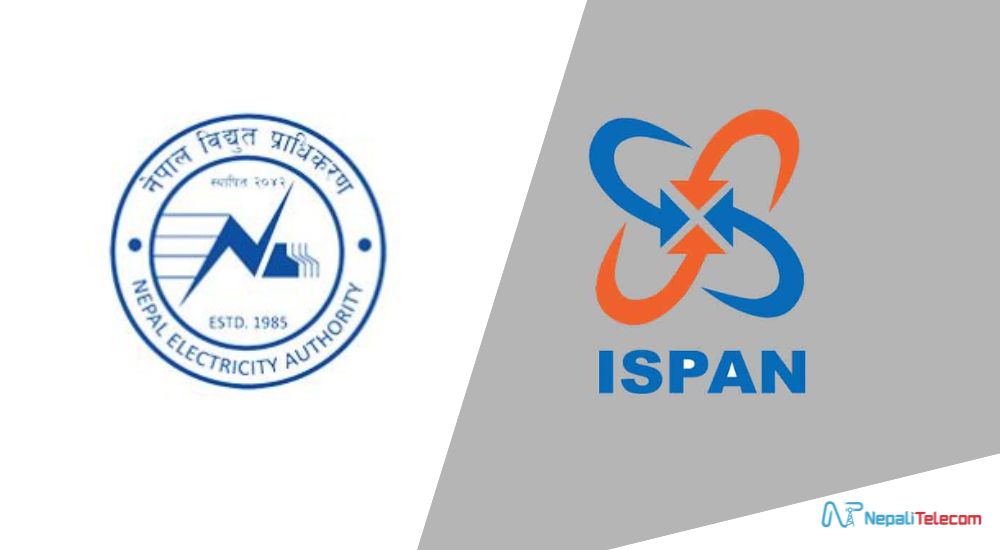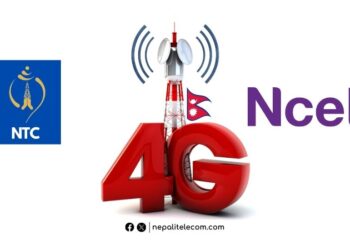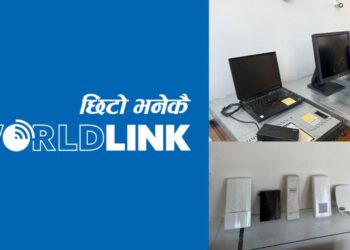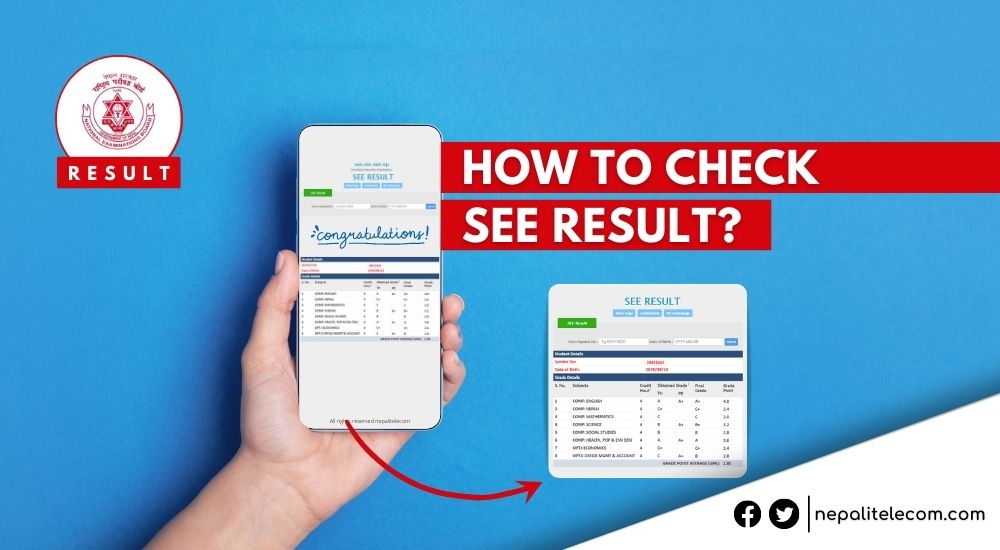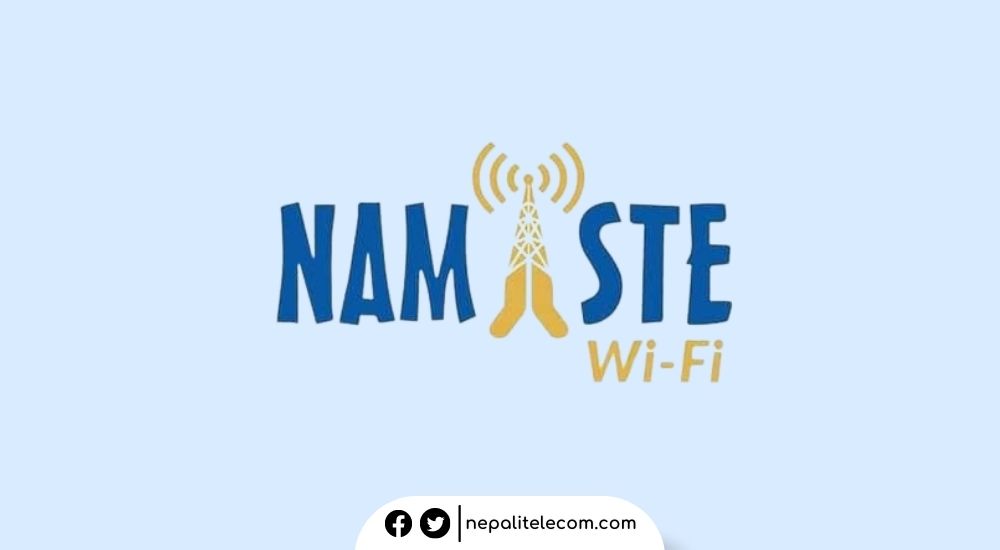Nepal Electricity Authority (NEA) has set criteria for ISPs, cable TV, and telecom operators over the use of utility poles. Setting a deadline of 45 days, the authority has warned that if service providers fail to comply, they will start cutting off the cables themselves. ISPAN has likewise protested over receiving a direct letter from the electricity authority calling the decision immature.
The criteria demand ISPs remove some of the equipment of the poles and be responsible for bearing any liabilities.
It is the first time NEA has set a regulation on pole users. Its distribution and customer service directorate says that the decision was made after frequent cases of cables catching fire. Now, internet service providers, cable TV operators, telcos, and others must adhere to the regulations as demanded by NEA.
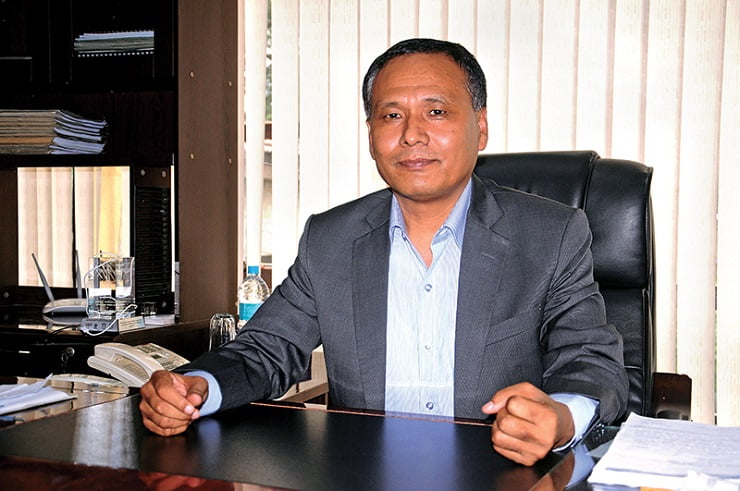
Manoj Silwal, the chief of the directorate says the guidelines will help minimize incidents from cables and deterioration of the poles.
“It is everyone’s responsibility to maintain urban beauty. “Our infrastructures should have proper organization,” he said, “that’s why we are reforming work.”
Additionally, NEA set a deadline of 45 days for pole users to implement the directives. The authority warns it could start cutting off cables again if service providers fail to comply. Previously, NEA cut off the fiber cables of ISPs drawing condemnation from ISPAN, CAN, and NTA.
ALSO READ: NEA Warns to Cut Power Supply for ISPs over Poles Charges
NEA issues criteria for ISPs
In an attempt to end the long rift with ISPAN, and put away randomly dangling cables off the poles, NEA has issued criteria for the service providers who run their cables through the poles.
Below is the list of criteria NEA has set for ISPs and others running their cables on the poles.
- Service providers must place their routers, repeaters, extractors, optical fiber distribution boxes, etc. on one side of the pole so that they do not move or drop. Companies should be careful with wiring using clip bands.
- Companies need to maintain a minimum distance of 80 cm for a 400-volt line (bare wire) between the optical fiber and electrical line.
- A 400-volt (insulated wire) for 30 cm, 11 KV-33 KV lines should be 2 meters, and 400 KV volt equipment should be 75 cm. Likewise, the minimum distance between the fiber-coaxial cable. On the ground surface, it must be 2.4 meters on footpaths and 5.5 meters on roads.
- Companies should remove unused wires and equipment. They must tag cables for easy identification and a marking on the equipment which connects to the pole.
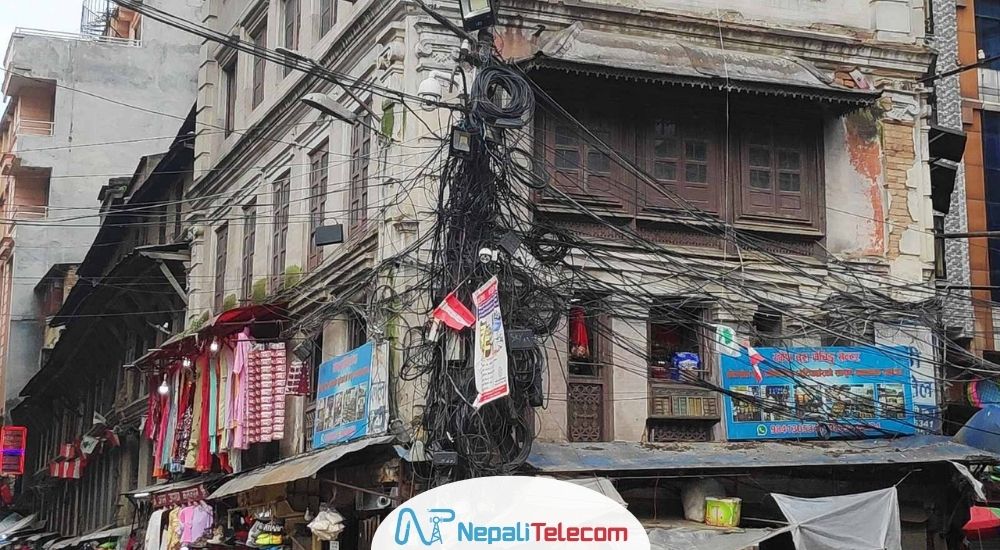
DO READ: NTA Approves Infrastructure Sharing & It’s Pricing Bylaw
Poles are originally built for power cables and not TV and internet cables
- Unmanaged cables can cause and are causing accidents. Our poles are on both sides of the roads. The cables can’t run their cables across. In case of a necessity, they must first receive approval. It is mentioned that the poles are built for power cables and not for internet and TV cables.
- Service providers are also encouraged to extend their cables with more cores for infrastructure sharing. This would greatly help manage the cables which are dangling in most poles. Silwal shared, “We have also requested the service providers to do this.”
- Similarly, service providers have not paid their rental dues for using poles. NEA says it has not been able to determine the number of cables each company is running on the poles for their unauthorized expansion.
CHECK OUT: Cables to Go Underground in Kathmandu, What for ISPs?
ISPAN critical of NEA’s “direct” letter
After announcing regulations for ISPs, NEA sent a ‘direct’ letter to ISPAN to organize their cables running on utility poles with the latter bemused over the nature of the arrival of the notice.
NEA has warned that it would start cutting off cables itself if service providers including ISPs fail to comply.
It is reported that the first time ISPAN has received a direct letter from NEA bypassing other government agencies.
“All our members are operating the service under the terms and regulations of Nepal Telecommunication Authority (NTA), which is a separate government agency, one official from ISPAN said, “But NEA has directly sent us a letter. we were supposed to receive the letter from NTA. We believe NEA wants to put pressure on us.”
Do you think ISPs should follow the directives from NEA for using its poles or should be coordination in place? Do you think either of the two takes more blame for this conflict? You can share your opinion in the comments below.


